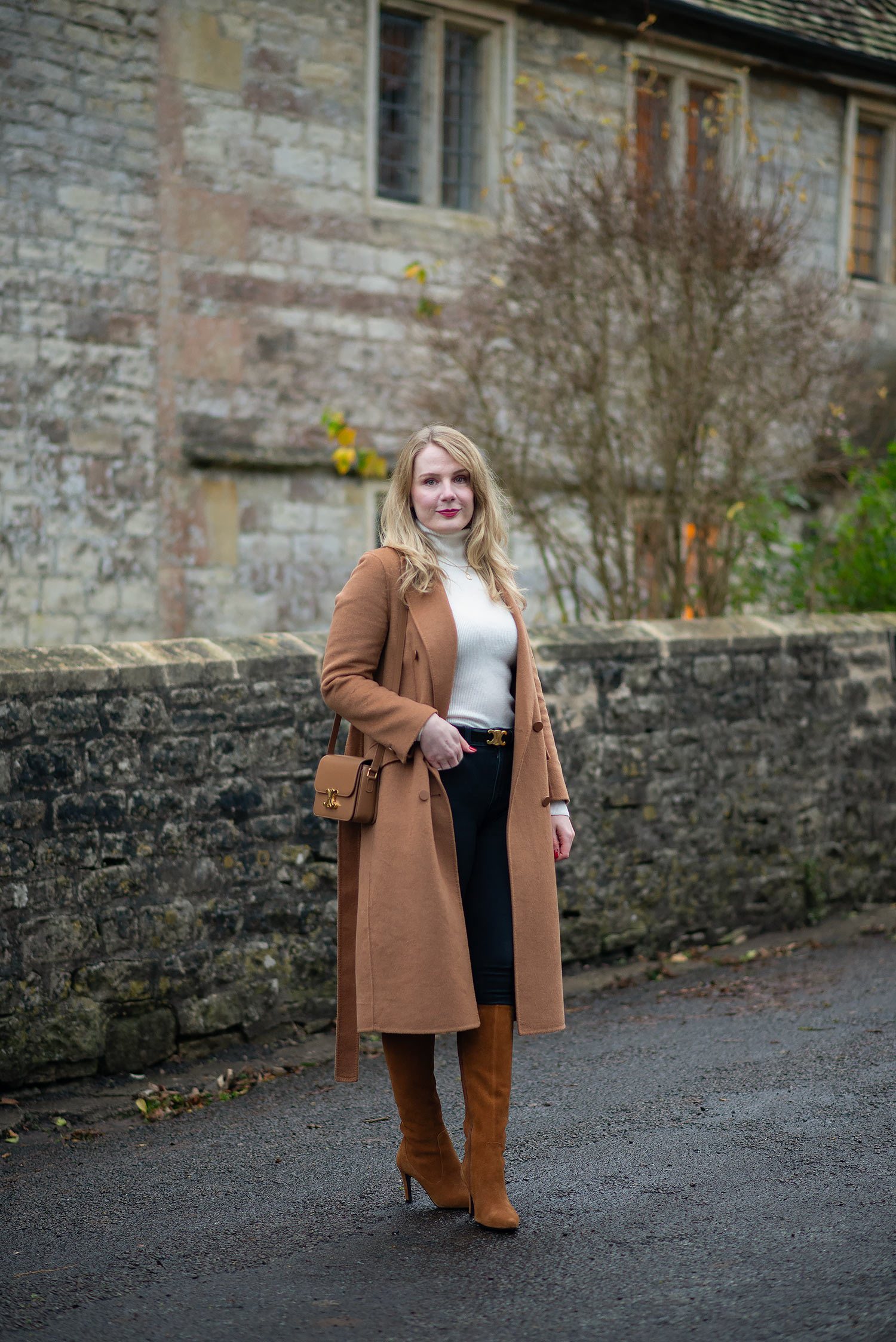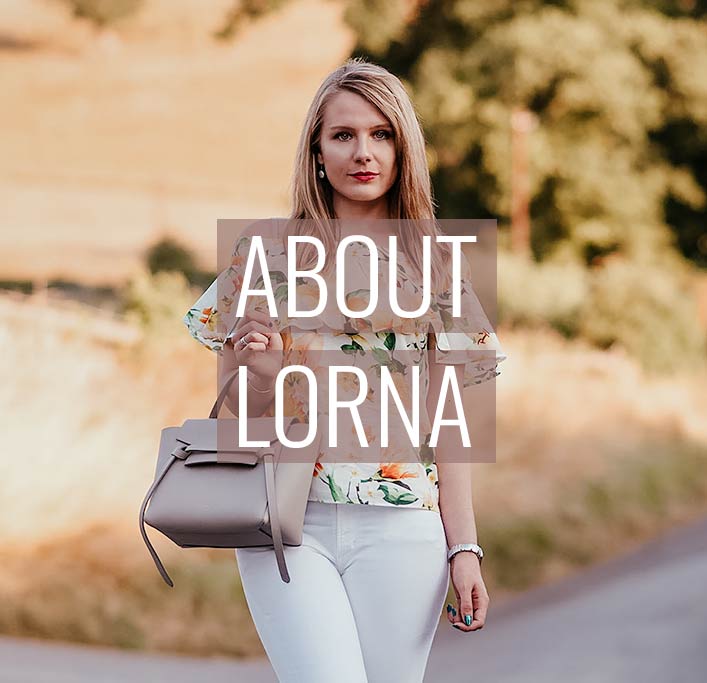Eco-Chic on Campus: A Student’s Guide to Sustainable Style
Recently, we welcomed the return of The Great Big Green Week across the UK – a nationwide celebration of grassroots initiatives focused on climate action and environmental protection. From eco-markets to rewilding walks and creative upcycling sessions, communities everywhere stepped up to tackle the issues facing our planet.
When we picture “community action”, it’s easy to conjure images of town meetings or local projects, but students make up a powerful, often-overlooked collective. With nearly 3 million students in UK higher education, there are entire neighbourhoods of student apartments in London, Bristol, Manchester and other major cities, forming a spread of environmentally-conscious micro-communities. Collectively, the UK’s student body is a huge, country-wide phenomenon.
You may be asking where, and how, students can make a real impact to climate action and environmental protection, and surprisingly, the answer may lie in the very clothes they wear.
Fashion Matters
The fashion industry is a major contributor to environmental damage, as I’ve tried to cover before. It’s responsible for around a tenth of global carbon emissions and a fifth of global wastewater. This is crazy! It emits more greenhouse gases than aviation and shipping combined. That’s a tough pill to swallow for those of us that love our outfits, but it’s also a strong call to action.
Change starts with the choices we make – even when dressing first thing in the morning or later in the evening for an event. Sustainability in fashion isn’t a fringe cause anymore, but a bold statement that screams awareness while staying stylish.
Whether you’re headed to lectures, lounging in halls, or prepping for a society night out, here’s how to look good while doing good.
No More One-Hit Wonders
We’ve all done it: bought something flashy for one event, only to never wear it again. But what if there was a smarter option?
Rental platforms like HURR, By Rotation, and My Wardrobe HQ let you grab designer pieces for a fraction of the cost – both financially and environmentally. This “borrow, not buy” model supports a model of circular fashion, keeping clothes in use longer and reducing pressure on production.
It’s a practical way to experiment with fashion guilt-free – perfect for everything from formal dos to themed parties. This is a perfect option for those one night events.
Thrift With Purpose
Second-hand doesn’t mean second-best. Vintage shops, charity boutiques, and platforms like Vestiaire Collective, Depop, and Vinted are treasure troves for one-of-a-kind pieces.
Buying pre-loved clothing helps reduce textile waste, lowers demand for fast fashion, and ensures you’ll rarely bump into someone wearing the same thing on campus. Whether you’re into Y2K streetwear or retro tailoring, there’s something for every taste.
I personally love buying second hand if there’s something I want for a good price, even though I try not to over buy anymore. I’m really conscious about that! I also use those platforms to sell my pieces on, to keep the rotation going!
Fewer, Better Pieces
Fast fashion might seem like the more affordable approach on the surface, but it often comes at a cost – to both the planet and your bank account.
Investing in well-made basics (think classic wool coats, well-fitted jeans, or quality knitwear) will save you money in the long run and reduce the frequency with which you need to replace worn-out items. Labels like Stella McCartney are leading the charge, with collections made from sustainable materials like mushroom leather and grape-based textiles. Timeless trumps trendy, every time.
Practice Your Reading
Not all green claims are genuine, and seeing “Eco-friendly” on a tag doesn’t guarantee meaningful sustainability. There are, however, a few trusted third-party certifications you can be on the lookout for when shopping for new threads:
-
GOTS (Global Organic Textile Standard) ensures organic materials and fair conditions.
-
OEKO-TEX® confirms that garments are free from harmful chemicals.
-
B Corp status (held by brands like Chloé) means rigorous social and environmental accountability.
Do a quick scan for these before you add anything to your basket – it’s a small detail, but it really makes a difference.
Support The Right Brands
Some fashion houses are re-imagining, from the ground up, how clothes are made, distributed and owned. PANGAIA, for example, is developing cutting-edge fabrics made from fruit waste and regenerative crops, and their plant-based denim and grape leather are stylish conversation starters.
Then there’s VEJA, producing sleek trainers from wild Amazonian rubber and recycled bottles (I did an article on these back in 2014), and Mara Hoffman, championing organic farming methods that restore soil health.
These brands, and many more, combine a number of enviably “green” business practices and mindsets that make them the go-to brands for those who care about the planet.
There’s something kind of cool about being able to tell someone your outfit used to be a bottle of your favourite soft drink – it’s certainly a strong conversation-starter! Especially for students!
Let Go of The Past
Wardrobes can get cluttered fast, and while it may be easy to let clothes gather dust, if it no longer fits your style or size, pass it on.
Apps like Depop and Vinted are ideal for reselling, while Nuw allows for clothes-swapping in your area. Fancy a social twist? Host a swap evening with housemates or campus friends – it’s fun, free, and far better than letting clothes lay forgotten at the bottom of the wardrobe.
Donations to charity shops also support vital causes and textile recycling schemes. I regularly go through my clothing and donate a lot to charity if it’s not something I can sell to make a decent amount of money.
Before You Buy – A Quick Sustainable Style Checklist
Making a start with eco-conscious purchasing isn’t difficult – in fact, there are only five questions you need to get you started.
Next time you’re tempted by a new piece, ask yourself:
-
Could I rent this instead?
-
Will it last beyond a few wears?
-
Does this brand uphold ethical standards?
-
Am I backing a company driving real change?
-
Would I pass it on when I’m done?
If most of your answers lean toward “no”, it might be worth rethinking your buying options…
Fashion with a Conscience
Sustainable fashion is cool, creative and forward thinking. It’s about doing and being better – for yourself, the planet, and the people who make our clothes. Shopping with the environment in mind is empowering, and for students juggling budgets and busy calendars, it’s proof that elegance and style don’t have to cost an arm, leg or indeed, the planet.
Discover more from FORD LA FEMME
Subscribe to get the latest posts sent to your email.





Dearest Lorna,
mmmmm……like the magic hot outfit with overWOW boots…
Gr8!!!
Kisses Gert